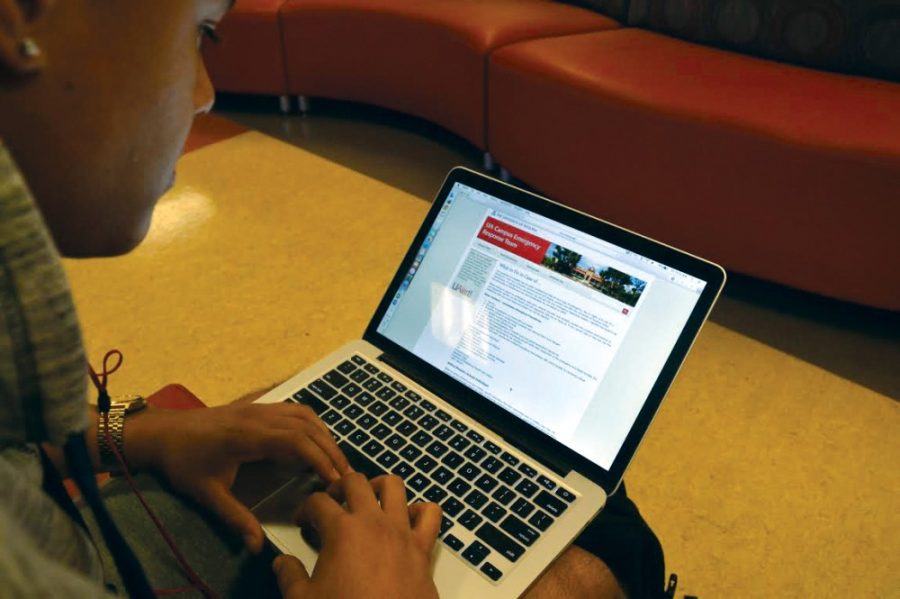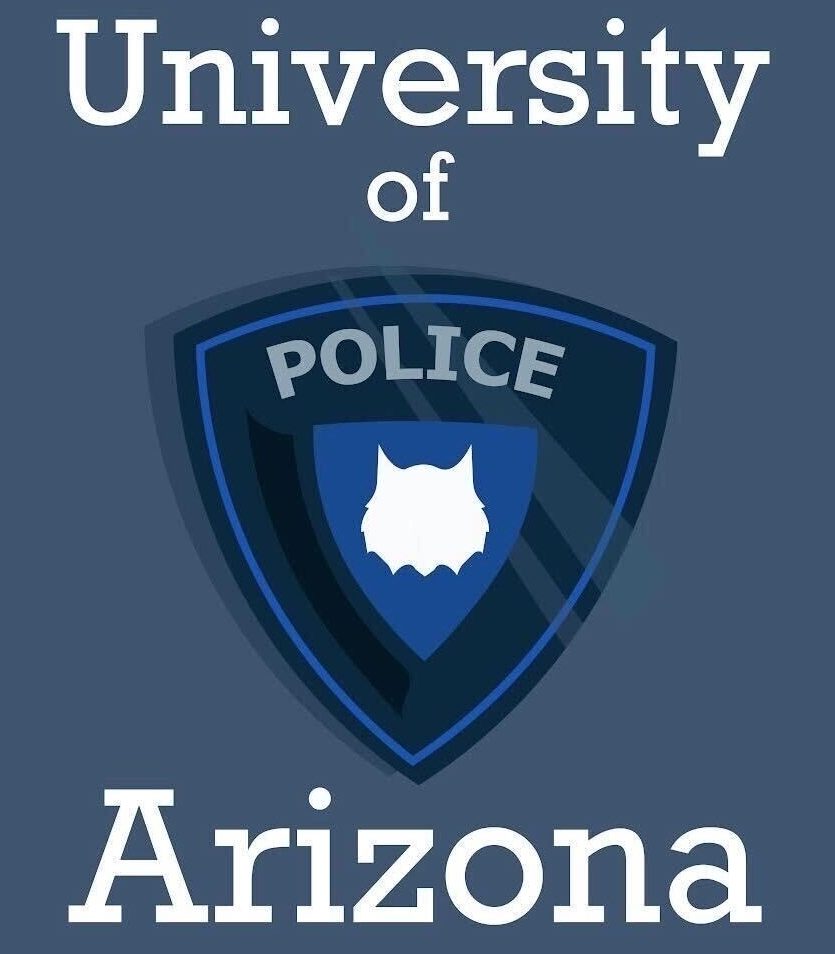As shootings around the U.S. become more and more frequent, students find themselves wondering what exactly they would do if put in a situation involving an active shooter.
According to data compiled by the anti-firearm organization, Everytown for Gun Safety, there have been more than 50 school shootings in 2015 alone. With these high numbers, it is no wonder students have to be as prepared as possible for an emergency.
Sgt. Fil Barrera, University of Arizona Police Department’s Public Information Officer and Crime Prevention unit officer, said throughout the year, his department puts on presentations at least two to three times a month. Specifically, the presentations prepare students and faculty for situations involving an active shooter. The department has even been out to the College of Medicine–Phoenix twice for these presentations.
Anyone can request the free presentation by simply calling Barrera’s office and requesting one. Only a computer, a large screen and speakers are necessary.
“Unfortunately in these times we’re in, we have to think about these things. But we want to make sure people are prepared, because if we prepare for these situations we have a better chance for the best outcome we can hope for,” Barrera said.
The presentations cover a range of strategies. First, if found in a situation where there is an active shooter, the first priority is to get everyone in the building out and as far away as possible. They emphasize the importance of escape routes and knowing the building and surroundings well.
Another important piece of information they want students and faculty to be aware of is the difference between calling UAPD on a cell phone versus a campus landline.
“Every single phone that is a landline on campus goes directly to UAPD, and that’s very important—just for the fact that if you call from your cell phone it will go straight to Tucson Police Department’s dispatch and then they transfer you to UAPD,” Barrera said.
He also urges the importance of being as detailed as possible when calling 911. The more UAPD knows regarding the shooter, location and any other details, the more prepared they can be when responding.
Lastly, the presentations address the possibility of having to barricade oneself in a room and how to do so, as well as the possibility of confronting the shooter. UAPD explains the presentations are meant to make people think about this in an everyday setting so they can always be prepared.
“What can we use inside our office? What can we use inside our drawers of our desk? What can we use inside of our buildings?” Barrera said.
He adds that there are programs on campus and with UAPD that are there to help students who may be having issues, in hopes that they may be able to take steps toward preventing a situation before it even happens.
“That’s really what UAPD is about, not only providing a safe and secure atmosphere on campus, but we really want people to see us as people who will get you the resources you need,” Barrera said. “Be it if you need to go to [Counseling and Psych Services], Oasis or Life and Work Connections or if you just need to know where the library is or how to do a good research paper.”
Follow Elisabeth Morales on Twitter.









